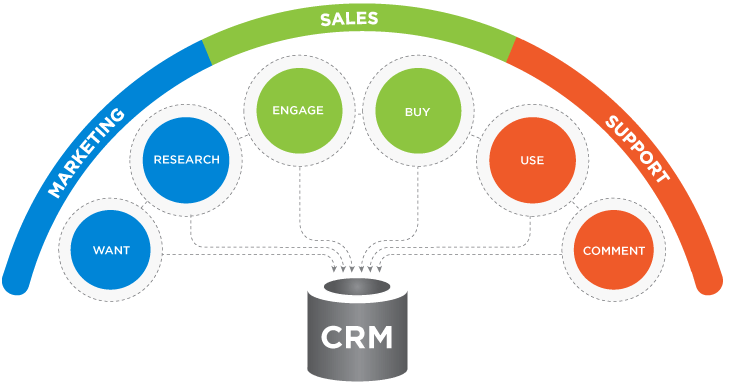Microsoft Sharepoint Online and the ‘5 Pillars of SharePoint Governance’

At first glance, the joy of owning Microsoft Sharepoint online may be a bit overwhelming due to its vast array of features, particularly in the absence of an overall implementation plan. Often, SharePoint’s is seen in a “singular” context to provide more efficient—and secure— document management and collaborative integration throughout the organization. Often overlooked, are the software’s other capabilities, […]
Cloud Computing: Why education and classrooms should embrace it

It’s a classic cliche: “There is one constant in the universe: Everything Changes.” Some changes are small, but then there are changes like cloud computing, which have the potential to thoroughly change the industry. Cloud computing in schools started being used in larger universities first, but slowly filtered down into elementary schools as people got […]
IT Support Why Cloud Network Migration Requires Guidance

The business buzz surrounding cloud computing has the tendency to make it sound like an instant cure for every IT conundrum. Make no mistake, an effective cloud network migration will improve all of the following difficulties that dent the IT budget: total cost of ownership (TCO) of IT resources recurring expenses for proprietary software licenses […]
How Can a Customer Relationship Management Software Help Me Get Serious About My Sales Process?

Customer Relationship Management (CRM) software is an especially useful solution for any business to utilize, as long as they do so with a strategy in mind. Let’s go over why this strategy is so important, and how it should be shaped. Let’s begin by defining what Customer Relationship Management really is, and how it can […]
Cloud Network Migration is the Wave of the Future

Having all of your personal, or business files on your computers hard drive takes up a lot of space. Most people run out of their computers hard drive space eventually. One option is to set up your own network, but that is difficult and time consuming. Migrating your files to a secure cloud based service […]

